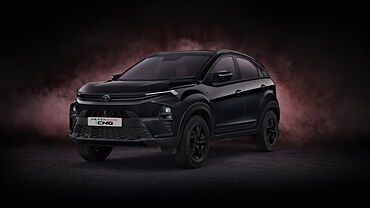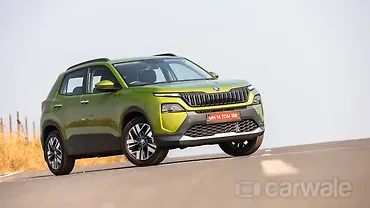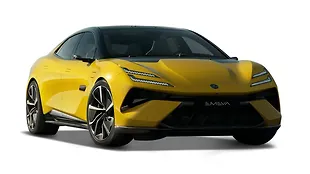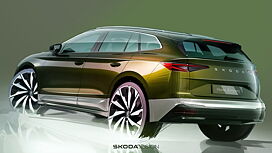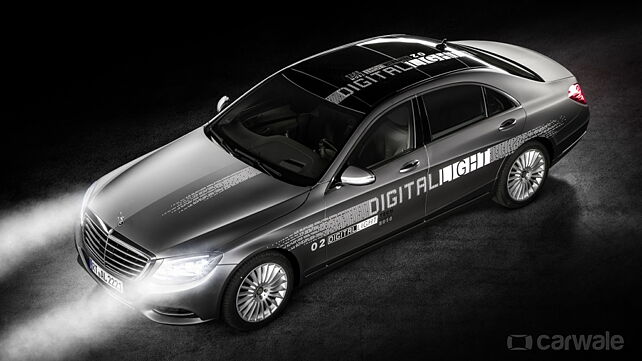
Mercedes-Benz has revealed its new headlamp technology. Called the ‘Digital Light’ by Mercedes-Benz, it incorporates what’s called ‘micromirrors’, one million of them in each headlamp.

With the help of these million micromirrors and an intelligent control algorithm, the Digital Light system can receive details of the surrounding from all the sensors present in the cars. This allows it to illuminate a calculated area and brightness according to surroundings and requirement. This can be done by adjusting each of the two million pixels in the headlamps individually.

The sensors, such as cameras or radar which are already present in the car works in conjunction with the controller chip by detecting other road users and uses the on-board computers to evaluate the data in milliseconds to command the headlamps for adapting the light distribution in any given situations. In simple terms, the Digital Light can identify other road users and control the light accordingly without affecting the other road user’s vision.

Apart from these, there are four light points, each with 1024 individually actuatable LED chips, which are installed per headlamp. This adds up to 8192 individually actuatable light pixels per vehicle. Then there is the projection proficiency of this cutting-edge technology. The headlamps can project specific images on the road to communicate with other road users or warn the driver of the surrounding. For example, it can project Stop signs or direction arrows ahead of the car or will illuminate a zebra crossing for pedestrians to ensure a safe crossing. Moreover, it will be possible to project high-intensity light onto the road to replace the missing road markings.

Gunter Fischer, head of exterior body development and vehicle operating systems at Daimler AG said, “The decisive factor is not the technology in the headlamp but the digital intelligence behind it With our Digital Lights we are not only striving for beam records, rather we want to achieve an optimum vision and maximum brightness without glare. Innovative functions for supporting the driver and staging communication with other road users significantly optimise safety when driving at night”

When this technology will see the light of the day isn’t revealed by the German manufacturer, only that it will be found in Mercedes-Benz vehicles in the foreseeable future.
/>






